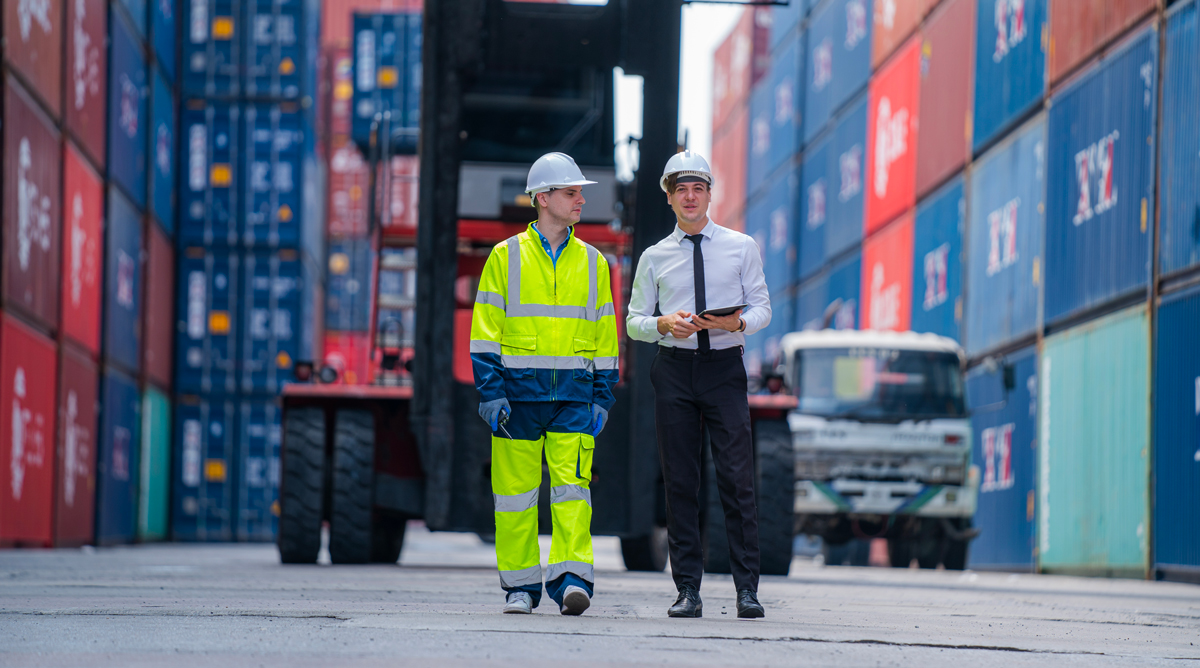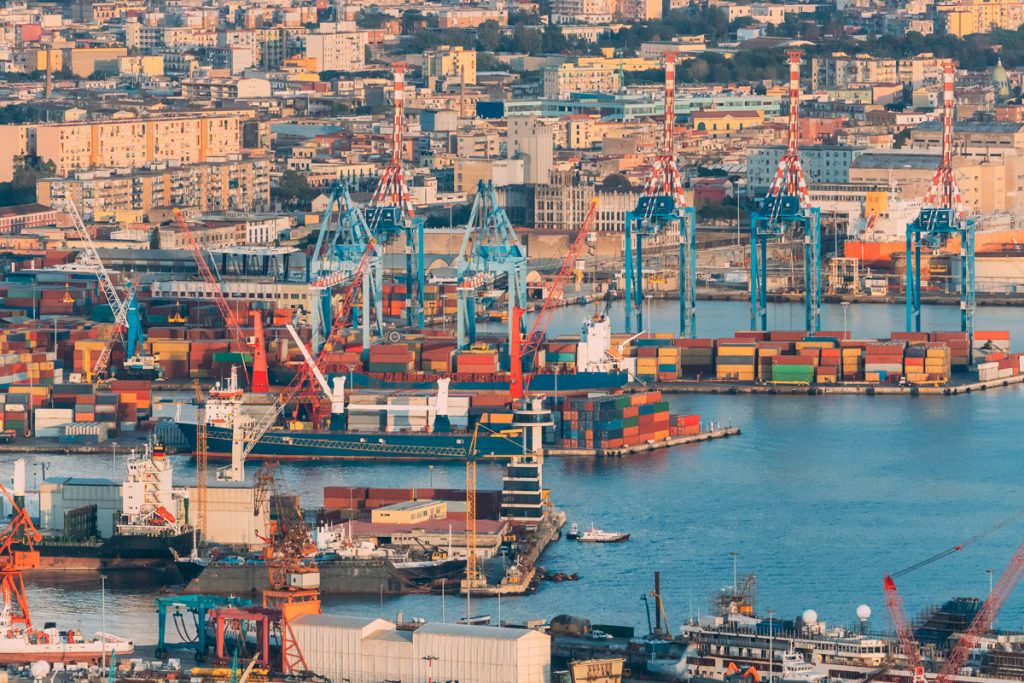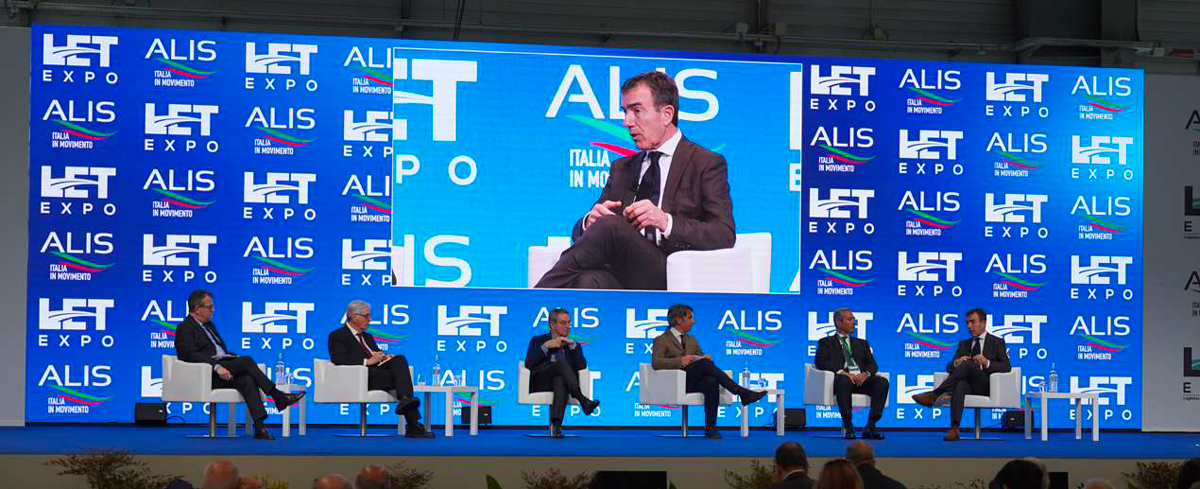The evolution of Italy’s port system is increasingly becoming a focal point of strategic dialogue between institutions and industry players. During a recent discussion moderated by Nicola Capuzzo (editor of Shipping Italy), the leaders of the Port System Authorities outlined a scenario marked by achievements, hurdles to overcome, and a clear request: greater coordination at the national level, while still respecting the unique characteristics of each region.
The Urgency of Modernization and National Coordination
Andrea Annunziata, Commissioner of the Central Tyrrhenian Sea Port System Authority, emphasized Italy’s need for modern infrastructure and a strong national governance body capable of guiding future transformations. He noted that southern ports must be fully integrated into Europe’s broader logistics strategy, leveraging tools such as SEZs (Special Economic Zones) to promote widespread growth. In this context, simplifying procedures and attracting private investment is essential—as demonstrated by the PNRR (National Recovery and Resilience Plan), which has allocated over one billion euros for Naples, Salerno, and Castellammare. However, Annunziata cautioned: “We cannot ignore the energy issue. Electrifying docks is important, but we must also consider long-term sustainability.”
Ports and Geopolitics: The Mediterranean Regains Centrality
Vincenzo Garofalo, President of the Central Adriatic Sea Port System Authority, reiterated the value of the national port system, which has demonstrated agility in responding to global crises—from the pandemic to geopolitical tensions—while reaffirming Italy’s role as a credible player in global trade. According to Daniele Rossi (Northern Central Adriatic Sea Port System Authority), current geopolitical instability is placing the Mediterranean back in a central position, accelerating trends such as reshoring and opening up new opportunities for medium-range routes. Italian ports, Rossi stressed, must evolve both digitally and in terms of energy, overcoming bureaucratic and environmental barriers that still hinder development.
It’s precisely in this context that tools like PortaleGenio can prove especially helpful. This web app offers a detailed visualization of intermodal connections across Europe, assisting companies, operators, and institutions in evaluating alternatives to road transport by effectively integrating rail and maritime modes.
Supranational Vision and Digitalization: Two Strategic Levers
Massimo Seno (Western Ligurian Sea Port System Authority) highlighted the importance of tackling future challenges with a supranational vision. Ports must be prepared to face energy and climate transitions by equipping themselves with infrastructure capable of meeting global demand. The case of Genoa and its new breakwater project is emblematic: overcoming “infrastructural dwarfism” is key to accommodating increasingly large ships and enhancing competitiveness. Equally crucial is the digitalization of port processes to streamline bureaucracy and shorten operational times.
Luciano Guerrieri (Northern Tyrrhenian Sea Port System Authority) stressed the importance of “acting as a system,” including through a unified international representation of Italy’s port network—taking inspiration from hubs like Rotterdam. Nevertheless, an effective national coordination should also respect and leverage the expertise already developed by each individual Port System Authority.

Toward a Modern, Efficient, and Interconnected Port Network
Italy’s ports are delivering a clear message: targeted reforms, strong central governance, and synergy between institutions and enterprises are essential. In this scenario, the efficiency of both physical and digital connections plays a decisive role.
Once again, PortaleGenio can offer tangible support. By providing an intuitive view of the links between ports, inland terminals, and railway hubs, it aids strategic decision-making and promotes a more integrated and sustainable approach to logistics.


